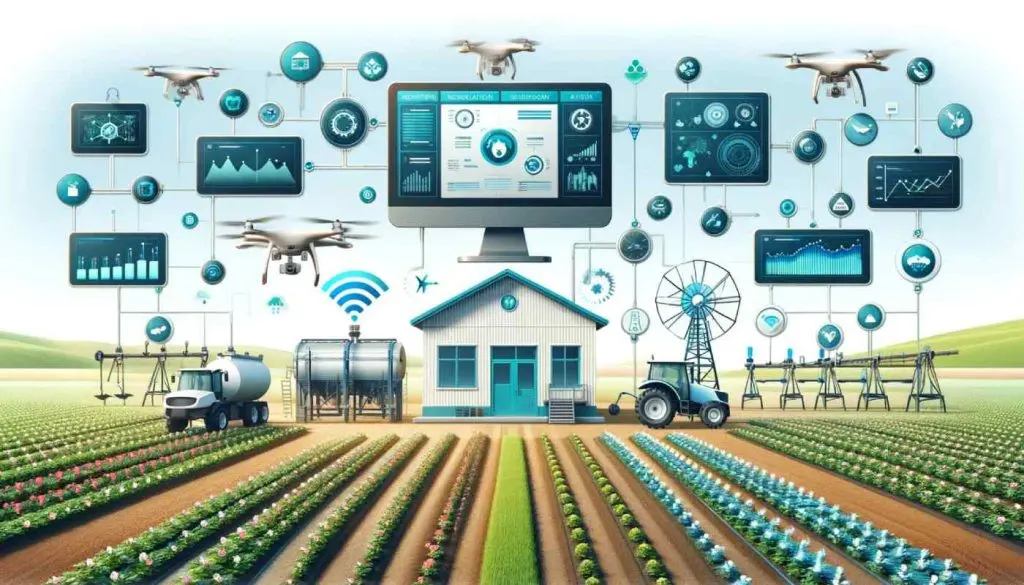Latest News
How Equipment Innovations Drive Agricultural Business Growth

People have been growing crops for centuries, using many of the same methods as their ancestors. However, the industry must embrace technology to meet increased demand and withstand uncontrollable disruptions. It has transformed in the past few decades but still has a long way to go.
The Future of Agriculture
Farm equipment is faster and more productive than a few years ago, so land is cultivated more efficiently. Manufacturers have introduced better seeds and fertilizers, so yields have increased. Today, farmers are looking to technology to help them continue this growth. They are turning to connected sensors, artificial intelligence, and other technology to help continue this progress.
Why This is Important
Farmers are continuously pressured to meet the growing demands of the world’s population. Technology helps them meet this demand while adding value to the global GDP. It allows farmers to overcome land constraints. The water supply struggles to keep up with population growth and rising costs are hurting profit margins. Arable land must be restored before it can be used, and these are only a few of the countless problems facing the industry. Technology can help meet these challenges head-on. Farmers may want to finance farming equipment so they can benefit from technology.
A Digital Transformation
The industry must embrace this digital transformation, which it hasn’t yet. In the past, the focus was on mechanical and genetic advancements. Today, the focus must turn to digital tools. Farmers benefit from basic digital tools today, and manufacturers are working on more advanced ones. They help with decision-making, yield optimization, livestock well-being, and more.
Where Progress is Needed
Certain regions don’t have the infrastructure necessary to support connectivity. Those areas with the infrastructure need to use digital tools more. They hesitated to do so and are waiting to see proof they work. Farmers must contain costs so they won’t invest in something that hasn’t been tried. At the same time, they must show consumers they are using sustainable practices. With the help of connected devices, farmers have access to data that provides valuable insights.
Only 25 percent of American farms benefit from connected equipment and devices, and many see it as a world leader. However, the infrastructure is lacking, so complex use cases remain in the future. Farmers will need high bandwidth, resiliency, and low latency to get the most from the technology.
The industry must focus on two things to overcome its challenges. First, it must prioritize infrastructure development to ensure all farmers can benefit from connectivity. Second, when that connectivity is in place, it must provide strong business cases so farmers will be eager to adopt the solutions. Fortunately, progress is already being made.
Connectivity coverage continues to increase, with industry experts predicting it will soon be available in approximately 80 percent of rural areas worldwide. Africa will be the exception, with only 25 percent coverage. As progress is made in this arena, manufacturers must create digital tools and encourage farmers to use them.
The agricultural industry continues to progress, although some would like to see it pick up the pace. Enhanced connectivity can help it do so while adding to the global gross domestic product. It will require a commitment, but this commitment must be made. Enhanced connectivity leads to higher yields, decreased costs, and improved sustainability, all items the industry needs to thrive in the coming years.
Kenneth is a proud native of sydney, born and raised there. However, he pursued his education abroad and studied in Australia. Kenneth has worked as a journalist for almost a decade, making valuable contributions to prominent publications such as Yahoo News and The Verge. Currently, he serves as a journalist for The Hear Up, where he focuses on covering climate and science news. You can reach Kenneth at bloggerjohnsmith12@gmail.com.










